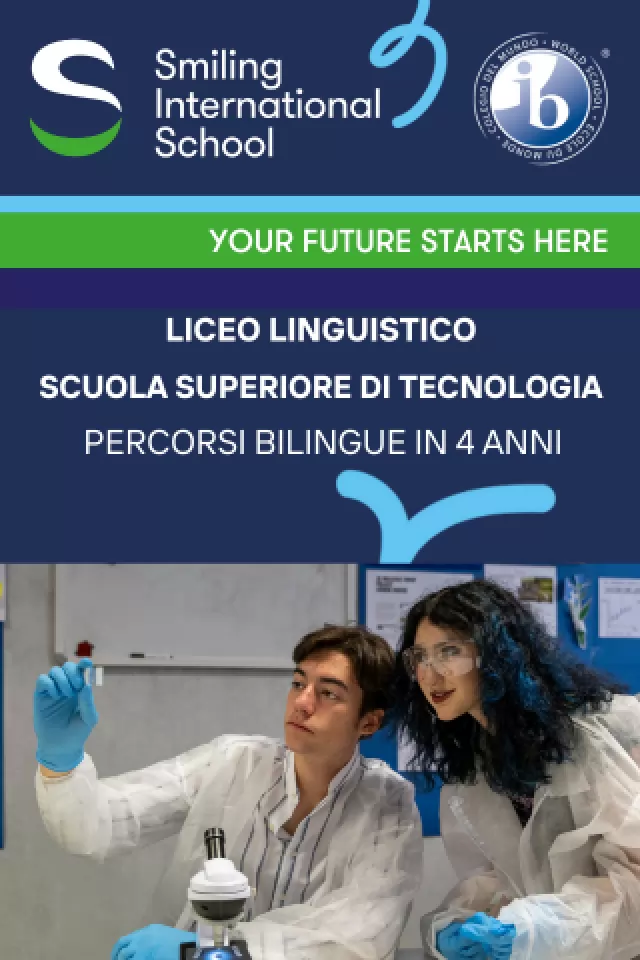Events celebrating Anglican-Catholic relations are at the heart of the programme for the Golden Jubilee.
Marcus Walker
In 1966 a momentous event took place which changed the shape of relations between two of the world’s largest Christian denominations, the Roman Catholic Church and the Anglican Communion. The Archbishop of Canterbury – whose predecessors had been condemned as heretics and burned at the stake, and whose orders had been deemed absolutely null and utterly void by the Roman Catholic Church – publicly met, for the first time since the Reformation, Pope Paul VI, a man whose predecessors had been called the Antichrist and their followers hanged, drawn and quartered by Anglicans.
The meeting between Pope Paul VI and Archbishop Michael Ramsey was rich with warm words:
“You have rebuilt a bridge which, for centuries, has lain fallen between the church of Rome and the church of Canterbury. You cross over with spontaneous initiative and confidence. May God bless this courage and this piety of yours.” (Pope Paul VI)
“Your holiness, dear brother in Christ, I have come with the longing in my heart, which I know to be in your heart also: that we may help in the fulfilment of the prayer of our divine Lord, that all his disciples may come to unity, in the truth.” (Archbishop Michael Ramsey)
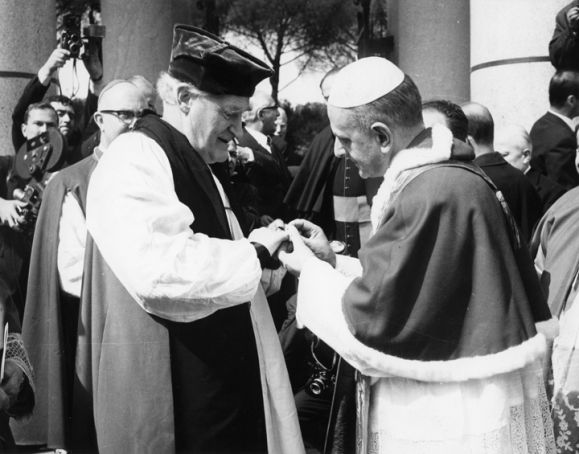
But even more important were the actions: they signed a common declaration pledging to work together for unity; they set up a commission to explore the differences between their denominations; and then, most significantly of all, the Pope removed from his own finger the episcopal ring he had been given when Archbishop of Milan, and put it on the hand of the Archbishop of Canterbury. And the Archbishop of Canterbury burst into tears.
Founding of Anglican Centre in Rome
That visit also saw the blessing of the Anglican Centre in Rome. Whilst the Anglican community in Rome was blessed with two parish churches (All Saints' and St Paul’s within-the-Walls), the centre was to serve a different purpose.
It was to be the base for the Archbishop of Canterbury’s personal representative to the Holy See and to work as a diplomatic presence representing the whole Anglican Communion to the Vatican and to the city of Rome. It was to be a centre for learning, having a library which would offer the best of Anglican theology to the students of Rome. It was to be a place of hospitality in the centre of Rome where people of all Christian denominations would come and talk and share food and wine.
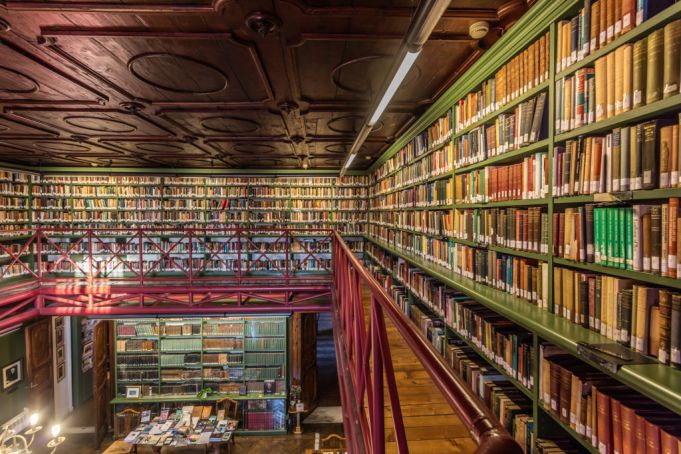
Significant changes
Over the last 50 years the changes heralded by that meeting have been significant. Anglicans and Roman Catholics can now go to each other’s services – but not share the Eucharist – and do, regularly. Mixed marriages are recognised and celebrated and are a matter of great joy for both communities. Anglicans and Catholics work together intensely across the world on matters of shared mission, aid and justice, as well as supporting each other in places of great persecution, such as Nigeria or Malaysia or Iraq.
While there are still significant theological differences (not least new theological differences, especially over the role of women in the church), this shouldn’t be used to underplay the huge significance of the agreements which have been reached. The Anglican Communion and the Roman Catholic Church now substantially agree on the Eucharist. Let that sink in for a moment. One of the most significant areas of conflict during the Reformation is now a matter of substantial agreement.
Over the years both churches have sought to reshape the way we worship to reflect each other’s traditions in order to give a tangible feel to the steps towards greater unity which have been taken.
Archbishop of Canterbury and Vatican
Since that visit in 1966, two popes have visited the Archbishop of Canterbury in England (albeit as part of wider visits) and the frequency of visits by the Archbishop of Canterbury to Rome has meant that they have almost lost their newsworthiness. This is a mark of how successful 50 years of friendship have been.
Throughout these 50 years, the Anglican Centre has been the main diplomatic intermediary in Rome. It has developed programmes to bring Anglicans to Rome to introduce them to the history and modern reality of the city and the Church it hosts. It has brought Anglican scholars and art and choirs to Rome, hoping to share some of its cultural richness in a city which so values art and music and scholarship.
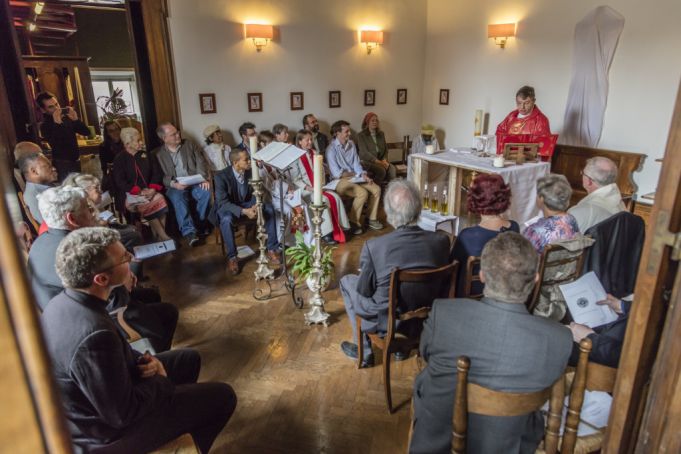
Above all, though, the Anglican Centre has sought to bring people together. At one end it has helped organise those visits by the Archbishop of Canterbury which have now become so regular, but also visits by senior Anglicans from all over the world, who come to Rome to discuss the issues affecting their countries with those in the Catholic Church who might be able to work with them on dealing with a famine or inter-religious violence, or human trafficking.
On another level it helps Anglicans from across the world to visit Rome – arranging exchanges between seminarians, helping parishes and dioceses explore this ancient city, and making sure each group has the chance to meet people living and working in Rome or the Vatican to help bring down the barriers of ignorance that keep us apart. It has also found great friendships in the other Christian communities here in Rome, not least the Methodists at Ponte S. Angelo, who are among its closest friends.
Anniversary celebrations
The Anglican Centre has an amazing two days lined up on 5 and 6 October, when people from across the world (from the Indian Ocean to the Anglican province of the Congo to New York to Hong Kong to Sydney) will come to Rome to join the Archbishop of Canterbury Justin Welby as he celebrates the Anglican Centre’s Golden Jubilee and the 50th anniversary of that first public meeting between Archbishop Michael Ramsey and Pope Paul VI.
With him will be 17 pairs of bishops. Each pair is an Anglican and a Catholic from a different part of the world, who have pledged to work together for justice, for Christian unity, for the Kingdom of God. Their stories should shape the way we look at Christian unity: not as a theological abstraction, but as a necessity in a world where Christians of all denominations are facing slaughter, enslavement and impoverishment.
Archbishop Welby and Pope Francis
Archbishop Welby will join Pope Francis in a celebration of Vespers at which the choirs of the Sistine Chapel and Canterbury Cathedral will sing together for the first time in Rome. The service will take place at the church of S. Gregorio, founded by Pope Gregory, where St Augustine was prior before being sent by Gregory to England to convert the Anglo-Saxons (where he became the first Archbishop of Canterbury). The successor of Pope Gregory and the successor of Archbishop Augustine will join together at this church which bound their forebears.
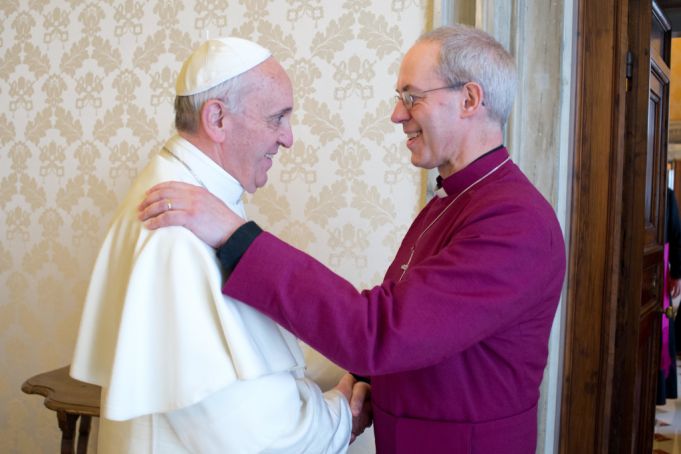
50 years ago Princess Orietta Doria Pamphilj and her husband Frank Pogson offered to host the Anglican Centre at the Palazzo Doria Pamphilj. The centre is still there 50 years on, and is delighted that their children, Prince Jonathan and Princess Gesine, have allowed it to host a gala in their magnificent art gallery to celebrate this connection. Without their support and friendship, it would hardly have been possible for the centre to have operated so well in this city.
50 years is not a long time in Rome, but these years have been momentous in the history of the Anglican Communion. Our hope and prayer is that over the next 50 years Roman Catholics and Anglicans – and our brothers and sisters across other denominations – may discover more fully and more deeply the unity for which Christ prayed.
The Revd Marcus Walker is associate director of the Anglican Centre in Rome.
This article appeared in the October 2016 edition of Wanted in Rome.
The 50th anniversary events are scheduled on 5-6 October. For full details see website or visit the Anglican Centre in Rome, Palazzo Doria Pamphilj, Piazza del Collegio Romano 2, tel. 066780302.






